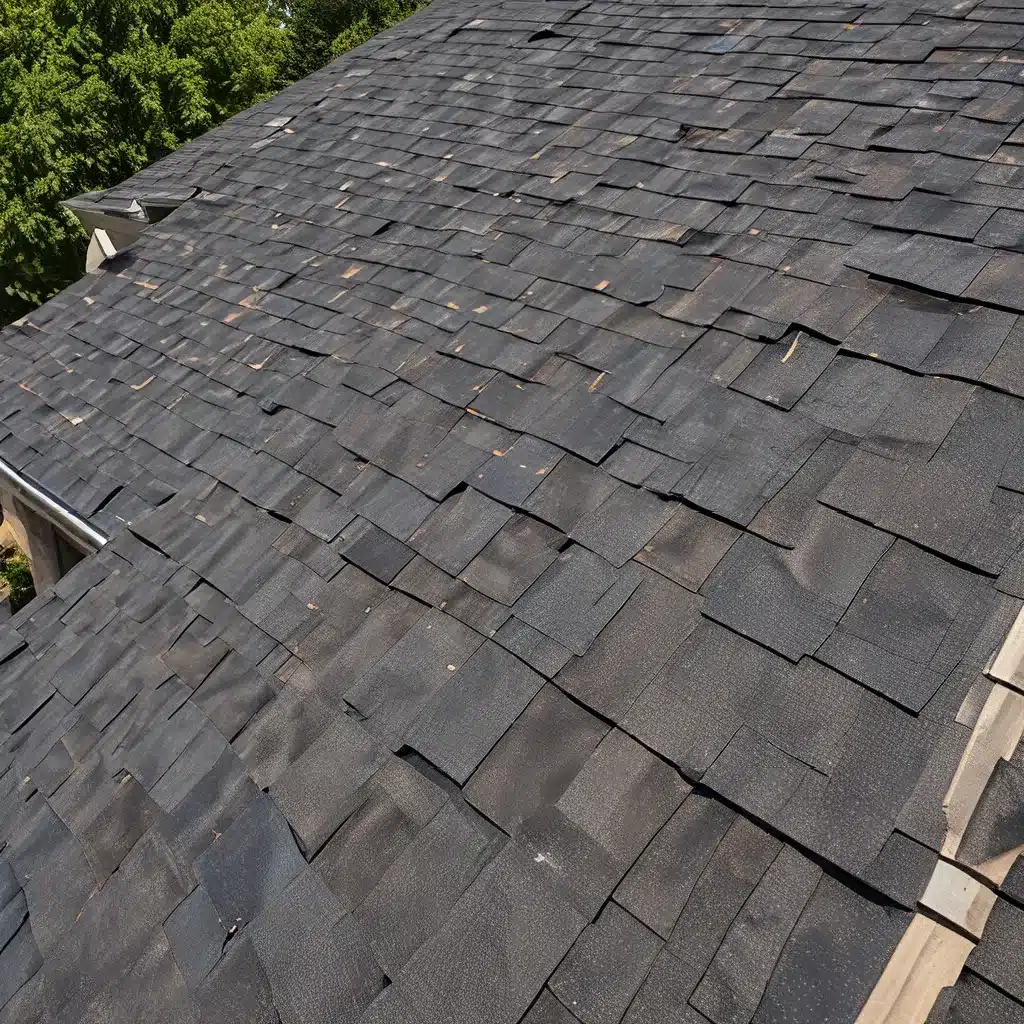
As we look ahead to the year 2025, the world of residential roofing is poised to undergo a remarkable transformation. Driven by advancements in technology, changing consumer preferences, and a growing focus on sustainability, the roofing industry is set to witness a surge of innovative solutions that will redefine the way we think about our homes’ protective coverings.
Harnessing the Power of Solar Roofs
One of the most exciting trends on the horizon is the rise of solar roofing. Deloitte’s research reveals that the Inflation Reduction Act (IRA) has already spurred over 200 new clean technology manufacturing facilities, representing a whopping $88 billion in investment and the creation of more than 75,000 new jobs. This influx of funding and incentives is poised to accelerate the adoption of solar-integrated roofing systems, allowing homeowners to generate their own renewable energy while enhancing the aesthetic appeal of their homes.
These cutting-edge systems seamlessly blend solar panels into the roof’s design, offering a sleek and integrated solution that eliminates the need for bulky, standalone solar arrays. Industry experts predict that by 2025, we’ll see a significant surge in homeowners opting for these solar roofs, not only for their eco-friendly benefits but also for the potential to offset rising energy costs and even generate a new revenue stream through surplus power sales.
Embracing the Industrial Metaverse
Another remarkable trend shaping the future of residential roofing is the integration of the industrial metaverse. This immersive, data-rich 3D environment is already being leveraged by manufacturers to enhance product design, supply chain collaboration, and customer experiences. In the roofing industry, this technology is poised to revolutionize the way homeowners visualize and customize their roofing options.
Imagine being able to don a virtual reality headset and step into a detailed, three-dimensional representation of your own home. Within this digital twin, you can experiment with different roofing materials, colors, and designs, instantly seeing how they would look and even simulating their performance under various weather conditions. This level of interactivity and personalization will empower homeowners to make more informed decisions, ultimately leading to greater satisfaction and a more seamless installation process.
Prioritizing Sustainability and Resilience
As the world grapples with the ever-increasing impacts of climate change, the roofing industry is stepping up to the challenge with a renewed focus on sustainability and resilience. Manufacturers are investing heavily in the development of eco-friendly roofing materials, such as recycled plastic tiles, cool roofs that reflect sunlight, and living roofs that incorporate lush vegetation.
These innovative solutions not only reduce the environmental footprint of residential properties but also enhance their resilience against extreme weather events. As homeowners become more conscious of their carbon footprint and the long-term durability of their roofs, the demand for these sustainable options is expected to skyrocket in the coming years.
Harnessing the Power of Predictive Analytics
Alongside these technological advancements, the roofing industry is also embracing the power of data and predictive analytics. Deloitte’s research highlights the growing importance of smart factory solutions, which leverage the industrial internet of things (IIoT), artificial intelligence (AI), and cloud computing to optimize production, enhance quality control, and improve overall efficiency.
In the residential roofing sector, these predictive analytics tools are being applied to everything from material sourcing and inventory management to predictive maintenance and customer service. By analyzing vast amounts of data, roofing companies can anticipate the needs of their clients, proactively schedule repairs, and even recommend optimal roofing solutions based on a home’s unique characteristics and the homeowner’s preferences.
This data-driven approach not only streamlines the roofing process but also enables greater personalization and a more seamless customer experience, further driving the industry’s transformation.
Embracing the Gig Economy and Remote Work
The COVID-19 pandemic has undoubtedly left an indelible mark on the workforce, and the roofing industry is no exception. Industry experts predict that by 2025, we’ll see a significant increase in the adoption of gig economy models and remote work arrangements within the roofing sector.
As homeowners become more accustomed to virtual consultations and remote project management, roofing contractors will need to adapt their business models to cater to this new reality. This could involve leveraging digital platforms to connect with a more geographically diverse pool of skilled roofers, as well as embracing remote collaboration tools to coordinate projects and provide real-time updates to clients.
Moreover, the rise of the gig economy is expected to attract a new generation of roofing professionals, who may seek the flexibility and autonomy of freelance work. By embracing these emerging workforce trends, roofing companies can position themselves as attractive employers, ultimately enhancing their ability to attract and retain top talent.
Conclusion: A Future of Endless Possibilities
As we look ahead to the year 2025, the residential roofing industry is poised to undergo a transformative evolution. From the integration of solar technology and the industrial metaverse to the prioritization of sustainability and the embrace of data-driven solutions, the possibilities are truly endless.
By staying ahead of these trends and proactively adapting their business models, roofing companies can not only meet the evolving needs of homeowners but also position themselves as industry leaders in a rapidly changing landscape. So, whether you’re a homeowner eager to explore the latest roofing innovations or a roofing professional seeking to future-proof your business, the future is bright, and the possibilities are endless.